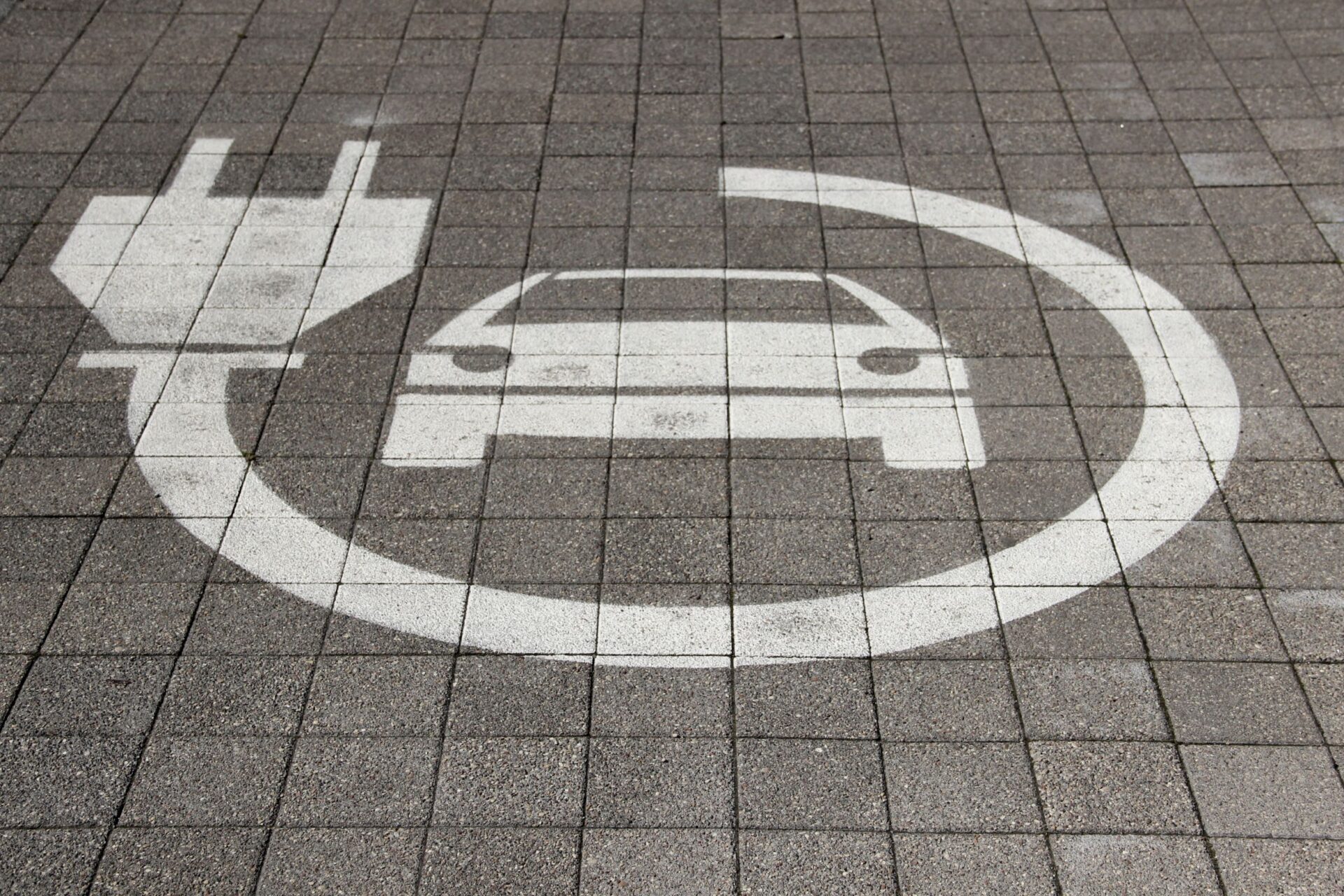A parking lot is hardly the first thing that comes to mind when you think about organized spaces. However, a poorly-designed parking lot can cause major parking issues, more than a lack of parking space.
Knowing how to plan the parking flow efficiently could go a long way to guarantee adequate vehicle access to parking spots that cater to business owners, public transport, and residential areas.
Cities globally have construction guidelines to assist designers in creating efficient designs. From this perspective, there are several non-negotiable aspects to consider while designing a parking lot that serves its function correctly.
They provide correct vehicle access and assist drivers in navigating a parking spot safely and efficiently. Here are four tips that will help you design an efficient parking lot
Table of Contents
First, Establish The Objective Of Your Parking Lot
The parking lot’s size, width, and general layout will be influenced by its purpose. Whether it will be used as a physical location for selling commodities and services on busy weekends or as a parking area for trucks hauling huge cargo, the design of the parking lot should serve its function. Here’s how different aims or objectives might impact your layout approach
Size of the parking lot
If you are designing parking for an institution such as a campus, the number of parking spots will be higher compared to a parking lot meant for restaurant clients.
On the other hand, several industries are guided by a code for parking—depending on the floor area of the premises or place—others are determined by the seats or guestrooms, for instance, a hotel. However, in the long run, conducting a swept path analysis will help secure enough access for automobiles and safety for personnel and pedestrians.
Parking space angle
The angle upon which the space is in alignment with the aisle is determined by the goal or use of your parking lot. A parking lot with an angle of between 45° to 60° is perfect for places with a lot of traffic, for instance, a retail outlet car park.
On the other hand, parking spots angled at 90° are the most challenging to park in; therefore, they’re mainly reserved for nightlong or staff parking.
Painted Markings Are Important
Swept paths and markings are vital since they ease traffic flow. A swept path will make sure that there is enough space to turn a vehicle while avoiding roadside objects. In addition to traffic markings, safety stripes should be dyed on the asphalt to help motorists identify which parking lots are reserved for the disabled, fire and rescue services, and connecting passageways.
The markings must be sufficiently luminous, with non-fading lines for the stops, entry and exits, and traffic flow. Please remember that the paint choice is crucial since not all paints can withstand concrete and asphalt. Water-based paint that does not dry quickly and lasts long is best for markings.
Consider Parking Lot Safety Provisions: Design For Safety
You need to regulate the traffic flow to have an efficient and operational parking lot. However, this isn’t the single aspect. Take special note of how your design solves these:
Lighting layout
Light fixtures with excellent coverage are essential for a secure and efficient parking lot. Your illumination should give enough visibility to allow quick and convenient movement within the parking lot. Make sure there’s enough illumination in high-traffic areas, such as entries, exits, and cargo zones.
Ramps
When doing pavement designs, elevation changes must be addressed. Safety precautions or actions must be taken into consideration to guarantee that anyone who wishes to enter the parking lot isn’t at risk of any danger—for example, ramps from the walker entrance to the parking lot and common handicapped corridors. Likewise, ramps from the asphalt to the raised walkways must be incorporated into the curb design.
Future Maintenance
When designing a parking lot, remember that it may require periodic upkeep. As a result, every apparatus that can fail should be conveniently accessible for maintenance. It should apply to both physical components of the parking lot, like ramps and asphalt, along with technological devices, such as cameras and sensors.
Final Thoughts
When designing a parking lot, there are numerous considerations to take note of. Given that parking lots have different purposes, the general layout—including its markings—should cater to its purpose.
Thus, it is best first to assess the function of the parking lot you will design and address the other factors, such as marking, safety, and maintenance. This way, you’ll be able to design an efficient parking lot.






